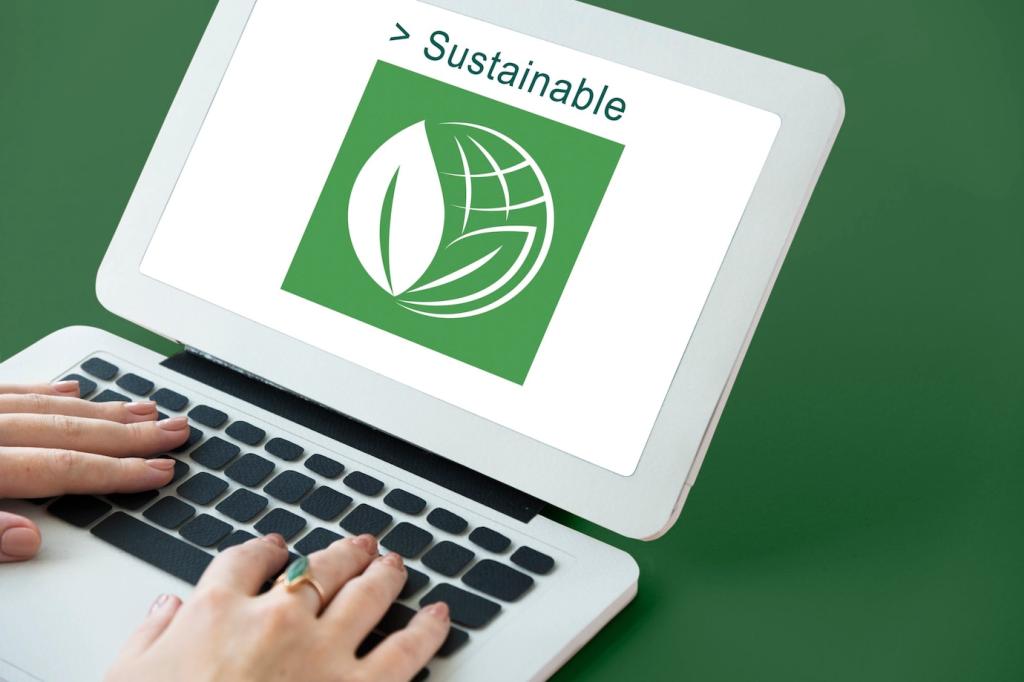Eco-Friendly Copywriting Techniques for Sustainable Home Marketing
Eco-friendly copywriting is becoming increasingly crucial in today’s sustainable home market. Consumers are not just buying houses; they are seeking environmentally responsible lifestyles. Effective copy for sustainable properties must blend persuasive storytelling with authentic, conscious messaging. This guide explores actionable techniques and strategies that help eco-focused brands and real estate professionals communicate the real value of green homes—encouraging buyers to make responsible and informed decisions.
Crafting copy with empathy means seeing the world through the eyes of your green-minded buyers. Recognizing their aspirations for a smaller carbon footprint or a toxin-free home helps you write with genuine understanding. Highlighting benefits such as lower utility bills and improved health—while aligning with their values—builds a powerful connection and trust, which is necessary in a market filled with greenwashing.

Authentic Storytelling for Eco Homes
Sharing Real Homeowner Experiences
Highlighting firsthand testimonials and case studies from actual residents of sustainable homes can have a strong impact. Their stories about improved well-being, reduced energy bills, or connection to nature add authenticity and relatability. These genuine accounts reinforce claims and help prospects imagine similar experiences, making the marketing message more credible.
Emphasizing Community and Environmental Impact
Illustrate how the sustainable home contributes to the wider community and ecosystem. Detailing the reduction in local pollution, enhancement of green spaces, or fostering of environmentally conscious neighborhoods deepens the emotional connection for buyers. These stories make it clear that purchasing a sustainable home isn’t just a private decision—it’s a communal and global one.
Demonstrating Lifestyle Benefits
Conveying how eco-friendly features lead to healthier, more harmonious living helps activate lifestyle aspirations. Through detailed storytelling, paint a picture of stress-free mornings with natural lighting, pure indoor air, and serene outdoor spaces. This approach goes beyond technical data, helping buyers emotionally invest in an eco-friendly lifestyle before making a financial commitment.
Clear Communication of Green Features
Simple Explanations of Technical Terms
Technical jargon can alienate potential buyers unless explained plainly. When describing concepts like passive solar design or low-VOC materials, use simple, relatable language that emphasizes their practical effects. This educational approach empowers prospects and helps them appreciate the true value of advanced environmental features.
Quantifying Environmental and Economic Impact
Whenever possible, translate features into measurable results—such as annual energy savings, reductions in water use, or lower carbon emissions. Presenting clear data builds trust and helps buyers grasp the real-world outcomes of their investment. It also positions your brand as both knowledgeable and honest within the eco-friendly marketplace.
Highlighting Certifications and Standards
Certifications like LEED, ENERGY STAR, or Passive House are important signals for sustainability. Explain these certifications in approachable terms, and clarify how they benefit homeowners in comfort, health, and resale value. By demystifying industry standards, you underscore the quality and credibility of the sustainable home, guiding buyers confidently through their purchase journey.


Fact-Checking and Evidence-Based Claims
Before making any environmental claims, verify every statement with reputable data, case studies, or certifications. Avoid vague promises and instead use hard evidence or examples, reinforcing buyers’ confidence in both your message and your brand’s integrity. This approach reduces skepticism and builds lasting trust with the eco-savvy audience.
Avoiding Vague Language and Buzzwords
Words like “eco-friendly” or “green” can lose meaning when overused or left undefined. Be specific about the home’s sustainable aspects—mentioning what makes it environmentally responsible, how it achieves energy savings, or which materials are used. By giving concrete details instead of generic descriptors, your copy becomes more persuasive and credible.
Addressing the Limitations Honestly
No house is perfectly sustainable, and buyers know this. Acknowledging limitations, whether in existing systems or local resource constraints, demonstrates transparency and respect for your audience’s intelligence. Honest discussions about potential for further improvement or upgrade opportunities show that your brand values truthfulness over perfection, further earning the trust of potential buyers.
Leveraging Sensory Language to Illustrate Eco Benefits
Painting a Vivid Atmospheric Picture
Describe natural light streaming through energy-efficient windows, the gentle hum of solar panels, or the calming scent of organic wood finishes. Through evocative language, prospects can visualize the warm, inviting, and comforting atmosphere a sustainable home provides. This emotional resonance often becomes the deciding factor in choosing a particular property.
Connecting Eco Features with Physical Comfort
Illustrate how thermal insulation maintains a cozy warmth in winter, or how toxin-free paints create a breath of fresh air. Sensory descriptions of comfort and well-being give buyers a deeper sense of what everyday living will be like. This technique directly ties sustainable features to experiences buyers already value, such as tranquility and health.
Creating a Harmony with Nature
Highlight how gardens attract butterflies, or how rainwater systems create gentle water sounds during storms. Detailing these symbiotic interactions between a home and its environment helps buyers appreciate the holistic benefits of sustainability. Sensory language not only informs but also inspires prospects to seek more harmonious ways of living.
Using Compelling Calls to Action for Green Living
Calls to action should evoke a sense of urgency and importance. Phrases that tap into the reader’s desire for positive change, like “Start living sustainably today,” encourage action. Direct invitations to connect or explore reinforce the message that tangible steps toward a greener lifestyle are both possible and within reach.
Previous slide
Next slide
Join our mailing list
